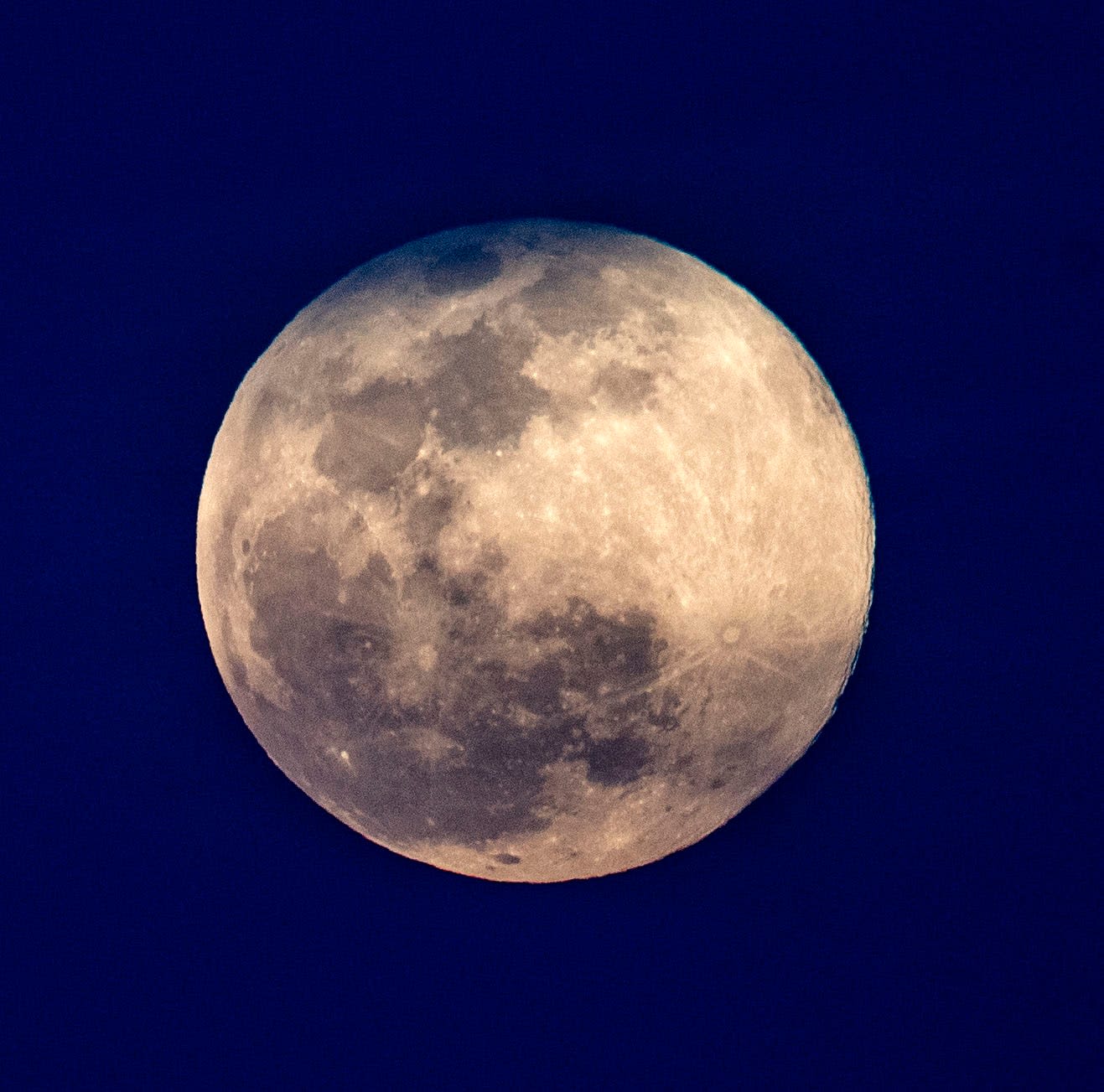Search results
Cast
Episode Guide
- 8. Compensation May 20, 2022
- Jude makes a tough decision, while Franklin and Irene reflect on recent events.
- 7. Lake Driving May 20, 2022
- Irene, Jude and Denise head out to find Gabriel, while Franklin and Byron take a trip of their own.
- 6. Dear Franklin May 20, 2022
- An appalling discovery divides Franklin and Irene; Tensions between Stella, Toni, and Nick arise.
Sky map showing the night sky tonight from any location. What planets are visible tonight? Where is Mars, Saturn or Venus? What is the bright star in the sky?
News about meteor, North Carolina, fireball
News about Caitlin Clark, Chennedy Carter, hard foul
News about Mercury, Quarter Moon, conjunction
Also in the news
3 days ago · Stellarium Web is a planetarium running in your web browser. It shows a realistic star map, just like what you see with the naked eye, binoculars or a telescope.
Discover the wonders of the night sky with NASA's interactive skymap. Learn about stars, planets, constellations and more with a click of your mouse.
The night sky is the nighttime appearance of celestial objects like stars, planets, and the Moon, which are visible in a clear sky between sunset and sunrise, when the Sun is below the horizon. Natural light sources in a night sky include moonlight , starlight , and airglow , depending on location and timing.
Mar 27, 2019 · What's up in tonight's sky? Create a custom map of the night sky for your location, learn what planets are visible, and locate the brightest stars.
An online interactive planetarium application to explore the night sky and find constellations, planets, asteroids and other celestial objects visible from any location.
Aug 1, 2024 · The night sky tonight and on any clear night offers an ever-changing display of fascinating objects you can see, from stars and constellations to bright planets, the moon, and sometimes special...
Click your location on the map to check on viewing condition predictions in your area. Sky Maps. Navigate the night sky. Download a sky map for the current month. Spot the Station. Choose your state, then city to see when the International Space Station can be seen crossing the sky.
A quick guide to the night sky – written by NASA experts – featuring full Moon lore, asteroid flybys, stars, galaxies, constellations, and more.
Sky Map Online web app provides free, printable & interactive sky charts for any location, time and viewpoint. It shows the night sky stars up to magnitude 12, planets and DSO.




